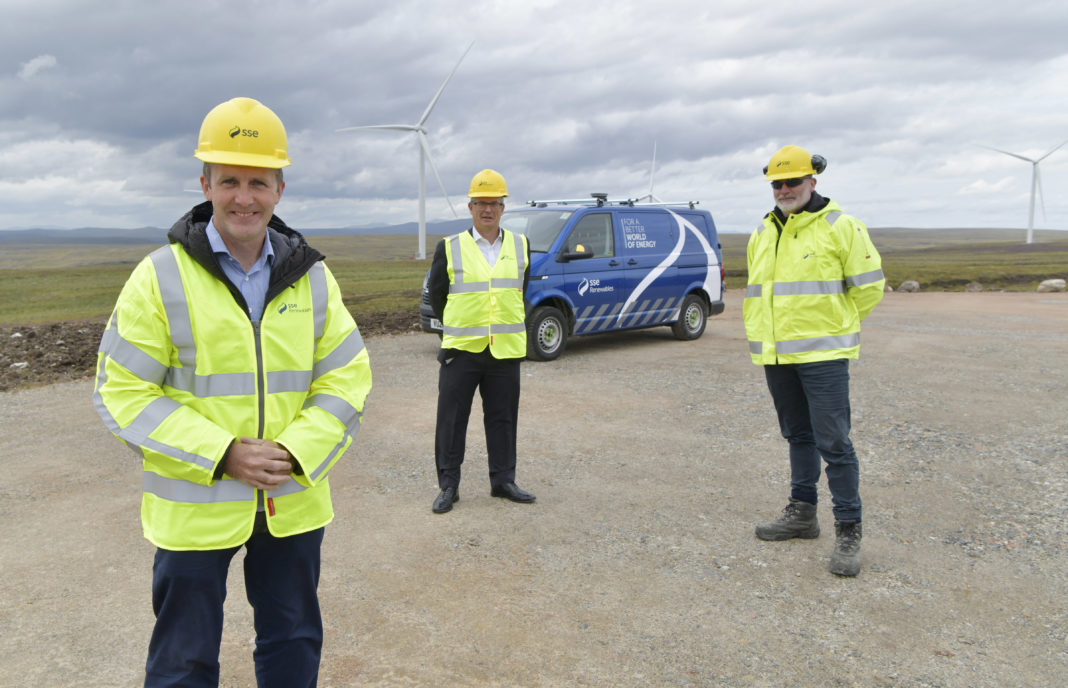
SCOTLAND’S newest onshore wind farm has been officially opened in the Highlands 18-months on from construction first commencing.
Cabinet secretary for net zero and energy, Michael Matheson, was on site at SSE Renewables Gordonbush Extension near Brora for the opening. It was constructed by the firm’s project delivery team in spite of the challenges of the pandemic and what it describes as the ‘worst Scottish winter in recent memory’.
No subsidies or contract for difference support were used to finance the project, meaning it is the first wind farm to be built by SSE Renewables on a merchant basis.
Situated 10 kilometres from the village of Brora, the wind farm comprises 11 of the latest Siemens Gamesa onshore wind turbines. SSE Renewables said that the facility will produce enough renewable energy to power almost 50,000 homes per year.
It added that, over its expected 25-year lifetime, the wind farm will typically save over 37,000 tonnes of harmful carbon dioxide emissions annually – helping Scotland and the UK with their net zero carbon ambitions.
Michael Matheson said, “Onshore wind is one of the most cost-effective forms of large-scale electricity generation and will be vital to Scotland’s future energy mix as we end Scotland’s contribution to climate change. The Scottish Government’s draft Onshore Wind Policy Statement, which I intend to publish shortly, will underline the key role that onshore wind energy will continue to play in this journey, as well as our determination to seize the economic benefits from this growth.
“The Gordonbush extension project marks another step forward in decarbonising our energy demand and realising our net zero ambitions. My congratulations go to everyone at SSE involved in the project. Its construction and completion, much of which has taken place since the pandemic began, is an excellent example of the green recovery we must continue to build on to ensure a just transition to net zero.”








